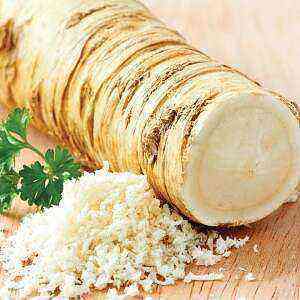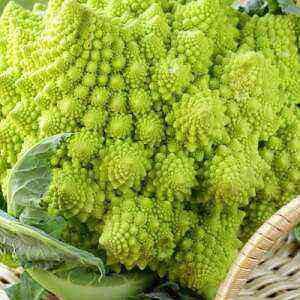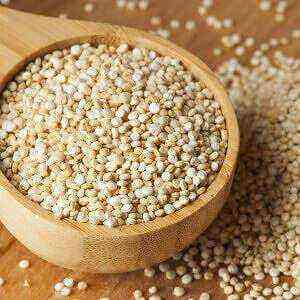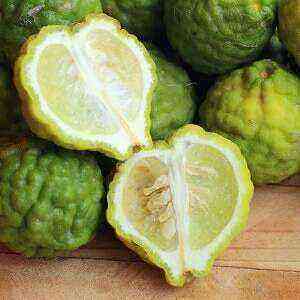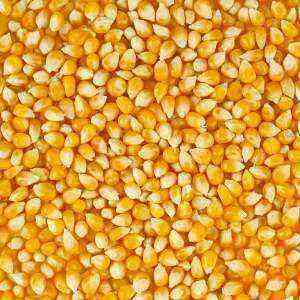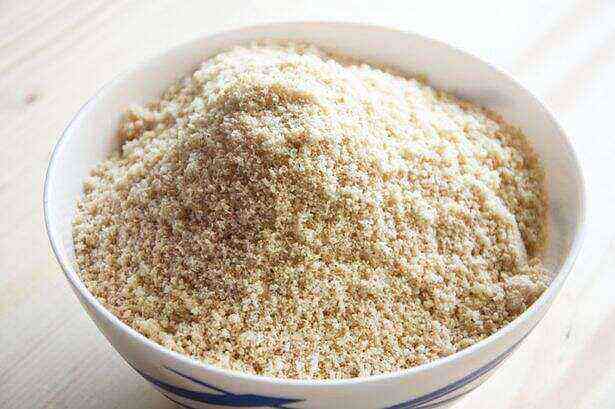Elecampane (Latin ampnula) is a perennial or annual plant of the Aster family. It is also called Yellow because of the characteristic color of the flowers. Found in Europe, mainly in its southern regions, in Asia, in North Africa. The plant can be found in the Crimea, the Caucasus, the Urals, Western and Southern Siberia. Elecampane is a medicinal plant used for the preparation of various medicines, used in folk medicine.
The most valuable part of elecampane is the rhizome. The roots contain up to three percent of essential oil, which contains such valuable elements as gelenin, alantol, inulin and other polysaccharides. In addition, the elecampane root contains resins, mucous substances, gum, alkaloids, fructose and natural sugars, bitterness, and acetic acid. The leaves are high in vitamin C and the seeds are rich in oil. The composition of elecampane is rich in oils and bitter substances, and as a result, it has a spicy strong aroma and a specific pungent bitter taste.
Useful Properties
What does elecampane treat? Medicines based on it are used to treat bronchitis and diseases of the upper and lower respiratory tract, as an effective expectorant. The beneficial properties of elecampane are used for diseases of the gastrointestinal tract, intestines and duodenum, for peptic ulcer disease, as well as for genitourinary disorders.











